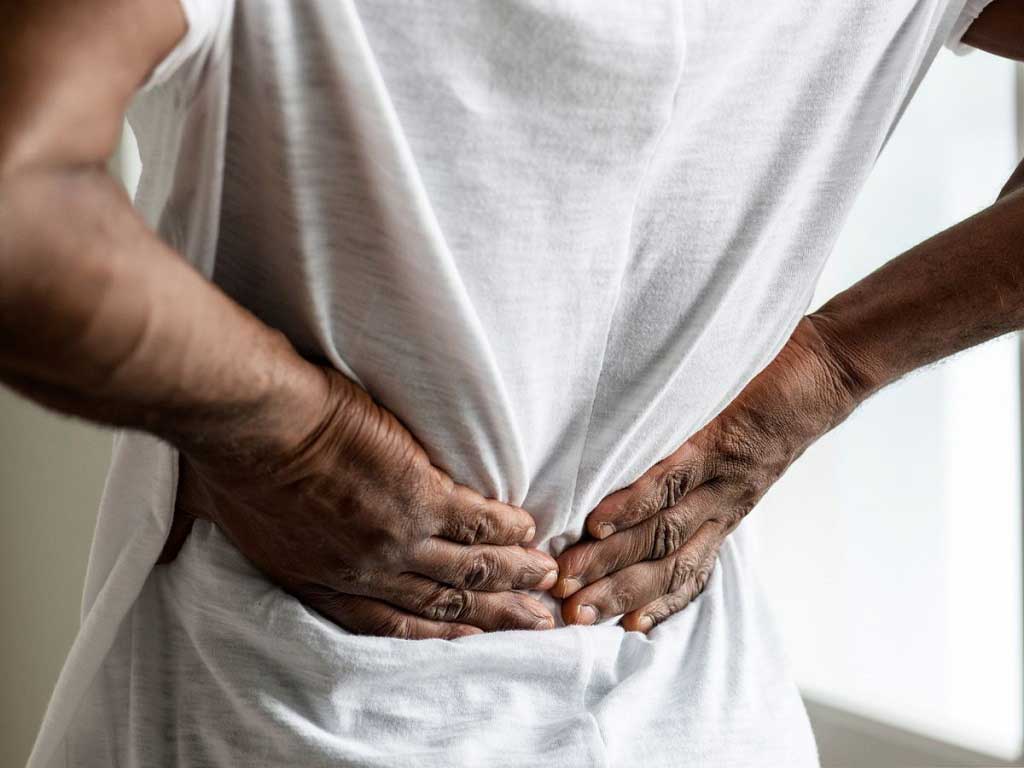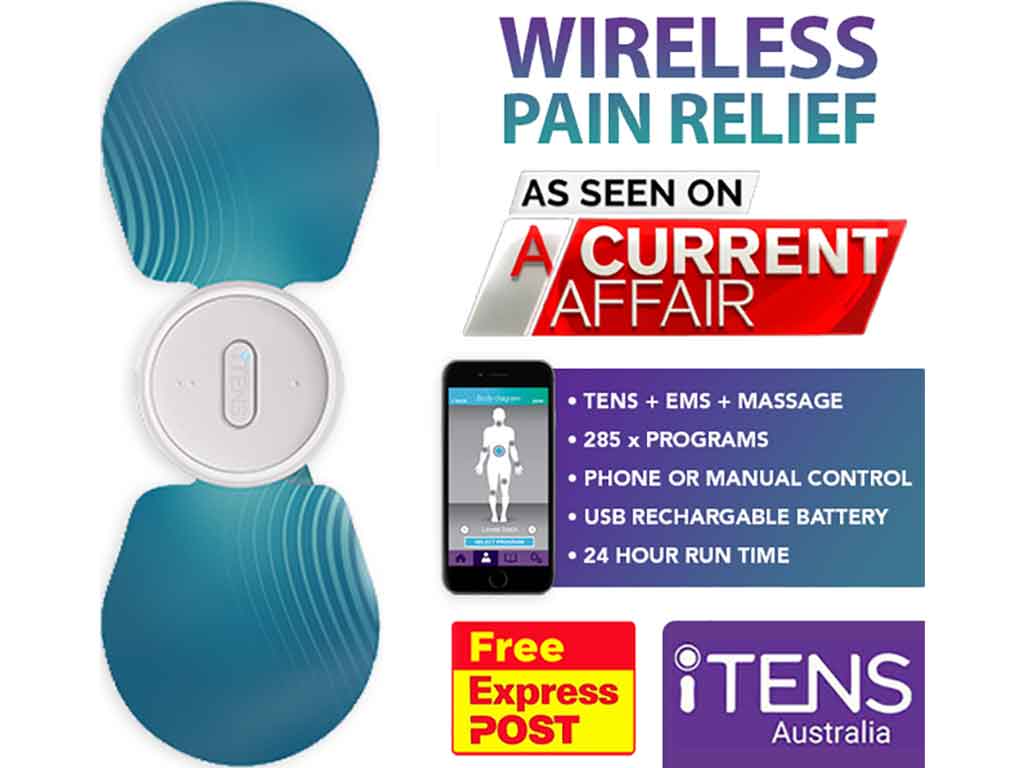
Pain in the lower back can make daily living painful and challenging. It can limit the ability to perform simple tasks, such as bending over or lifting objects. Fortunately, various lower back pain treatments are available to help manage discomfort. One of these is oral medications like counter pain relievers and muscle relaxants. Also, implementing a gentle exercise routine can alleviate painful muscle spasms. Furthermore, people can utilise electrotherapy to reduce muscle pain in the lower back.
A wide range of factors can cause lower back pain. These include muscle strain, poor posture, or injury. Moreover, medical conditions, such as ankylosing spondylitis and spinal stenosis, can contribute to aches in the lower back. The pain symptoms can be dull to sharp, stabbing pain. Individuals can consult a health professional to determine the best treatment option. The following sections will present using oral drugs, exercise, stretches, and electrotherapy as nonsurgical treatments for lower back pain.
Oral Medications as a Lower Back Pain Treatment
Healthcare providers commonly prescribe oral medications as part of lower back pain treatment plans. They often recommend Nonsteroidal Anti-Inflammatory Drugs (NSAIDs) to reduce inflammation and relieve discomfort. There are prescription and over-the-counter pain medications. They can help with mild to moderate pain. Muscle relaxants are another option. These can decrease muscle spasms.
There may be instances when healthcare professionals prescribe oral corticosteroids to aid severe pain in the lower back. These drugs can be effective for short-term pain relief. However, they are not typically advisable for long-term use due to the potential for side effects. Thus, discussing their risks and benefits with a doctor is necessary.
Additionally, healthcare providers may prescribe opioid medications for chronic lower back pain, but they are generally considered a last resort. This is due to the risk of dependence and other adverse reactions. Oral drugs are beneficial in alleviating discomfort. Nevertheless, people must take them alongside other treatments for the best results. These include physical therapy and lifestyle modifications.
Potential Side Effects
- Gastrointestinal issues – Oral medications may cause stomach discomfort, nausea, vomiting, or diarrhea due to stomach lining irritation.
- Dizziness – Some drugs can bring about lightheadedness. Consequently, this increases the risk of falls and accidents.
- Drowsiness – This can affect the ability of an individual to concentrate and perform daily activities efficiently.
- Allergic reactions – People may experience rash, itching, swelling, or difficulty breathing when taking medications for lower back pain.
- Liver or kidney damage – Long-term use of some oral drugs may lead to health conditions, especially if not taken as prescribed.
- Addiction or dependence – The risk can occur particularly with prolonged use or misuse.

Exercise and Stretches as a Lower Back Pain Treatment
Individuals can incorporate regular exercise and stretching as a lower back pain treatment into everyday activities. Engaging in physical activity helps strengthen the muscles that support the lower back. As a result, this lessens the risk of injury and relieves pain. Forms of exercise programs targeting the core, such as planks and pelvic tilts, can help improve posture and stability. This alleviates pressure on the lower back.
Stretches focusing on the hamstrings, hip flexors, and quadriceps can improve flexibility and reduce tension in the lower back muscles. Hence, doing this regularly provides significant relief from discomfort. Moreover, yoga and Pilates can offer a low-impact way to strengthen and stretch the muscles, promoting better spine alignment and reducing the incidence of pain.
Consult a healthcare professional before beginning any exercise or stretching regimen, especially for individuals experiencing chronic lower back pain. A physical therapist or chiropractor can guide the best routines or programs to address specific issues. Overall, consistent exercising and stretching can enhance circulation and flexibility, reducing lower back aches over time.
Common Exercises to Treat Low Back Pain
Several commonly used exercises can help treat low back pain. For instance, strengthening exercises such as bridges, planks, and squats can stabilise the muscles and reduce discomfort. Additionally, low-impact aerobic exercises, like walking, swimming, or using an elliptical machine, can improve overall fitness and decrease pain.
Also, incorporating core-strengthening exercises, such as pelvic tilts, bird dogs, and abdominal exercises, can help support the lower back and lessen discomfort. However, people should practice the correct forms to avoid injury or further strains. All in all, a combination of stretching, strengthening, and aerobic exercises can effectively treat and prevent low back pain.

Electrotherapy as a Lower Back Pain Treatment
Nowadays, many individuals utilise electrotherapy as a lower back pain treatment. This non-invasive treatment involves sending electrical impulses to the nerves or muscles. Subsequently, the stimulation reduces chronic and acute pain. Moreover, the natural pain relief method increases blood circulation and promotes muscle relaxation.
Healthcare professionals administer electrotherapy in various forms. These include Transcutaneous Electrical Nerve Stimulation (TENS) and Electrical Muscle Stimulation (EMS). The former delivers low-voltage electrical currents to the nerves, while the latter targets the muscle tissue. As a result, electrical stimulation can allow patients to resume their daily activities with minimal discomfort.
One of the benefits of electrotherapy is its ability to be used in combination with other treatment methods for lower back pain. Whether it is physical therapy, medication, or exercise, electrical stimulation can complement these interventions to maximise pain relief and accelerate the healing process. In addition, electrotherapy is a generally safe and versatile option for individuals seeking a non-pharmacological approach to managing their lower back pain.
A Closer Look at TENS
TENS is not intrusive and 100% drug-free. It involves using a handy device that emits gentle electrical currents. The impulses can help decrease pain by overriding the pain messages sent to the brain. Professionals and individuals often use TENS to manage acute and chronic pain, including lower back pain.
Electrical nerve stimulation can also trigger the release of endorphins, which are natural painkillers. Their production relieves back aches and improves overall mobility for individuals with lower back pain. To achieve optimal results, users must place the adhesive pads on the skin. It should be around the painful area on either side of the spinal cord.
Conclusion
Several lower back pain treatments are available to help people do everyday activities with minimal to no discomfort. Oral medications, such as NSAIDs and muscle relaxants, can help alleviate aches and inflammation. However, individuals must take these medications under the guidance of a healthcare professional to avoid potential side effects. In addition, exercises and stretches targeting the lower back, core strength, and flexibility can significantly improve symptoms and prevent future pain episodes.
Furthermore, electrotherapy, such as TENS and EMS, can relieve discomfort by reducing muscle spasms and promoting blood flow. In particular, electrical nerve stimulation uses a mild electrical current to target specific nerves and disrupt pain signals. This can provide temporary yet effective relief for individuals with acute and chronic lower back pain. Nevertheless, consulting with a healthcare provider is vital to determine the most suitable treatment approach for each need of a patient.




















